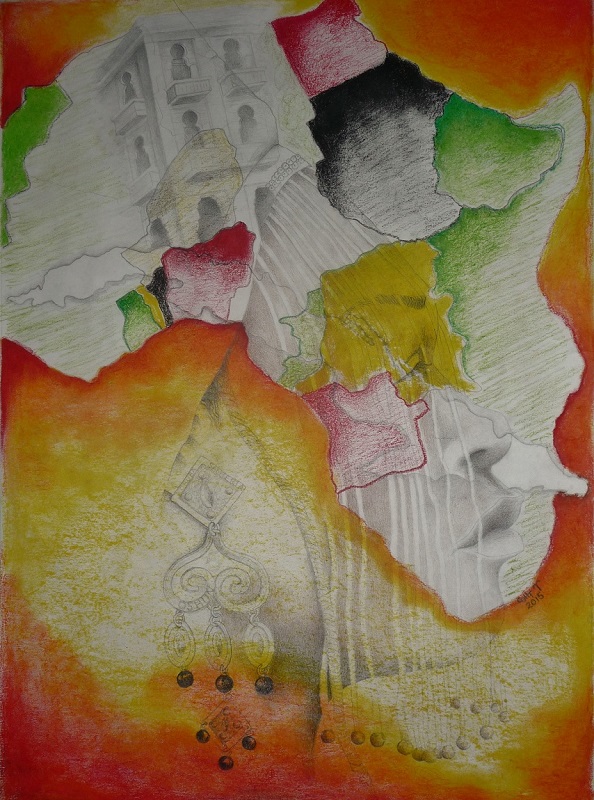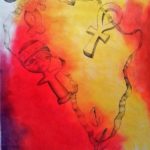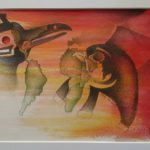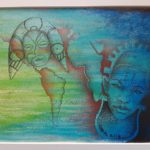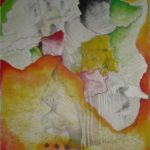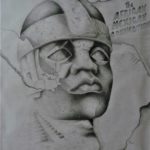Charles began studying Art while attending Lincoln University in Pennsylvania; culminated those studies at Pratt Institute in New York, where he received a BFA. He has spent over 25 years as an Artist and Visual Art Educator teaching in the Public schools of New Jersey. New York and Bermuda. As a Teaching Artist, he’s worked for the Department of Correction in Manhattan and Brooklyn. N.Y. and the Federal Bureau of Prisons, Fl.; the New Jersey Department of Education, Monmouth County Parks Department, and Monmouth Museum both in Lincroft, N.J. He has worked on numerous community participation murals and sidewalk/pavement-drawn projects. In 2005 and In 2014 he went on cultural excursions to Egypt and Cuba respectively; this led him to create the DIA Project. D.I.A. is an acronym for Diasporic Images of Africa. This is a multimedia presentation using the Visual and Performing Arts to show Africa’s connection to cultures and countries worldwide. The historical information conveyed is from academics like Arthur Schomburg, Dr. John Henrik Clarke, Dr. Ben Jochanan, Dr. W.E.B. Dubois, and others. Charles took part (researcher) in the creation of a short documentary titled Down the Avenue; it can be seen on Youtube under Asbury Park African American Music Heritage Project. This production chronicles the history of home-grown jazz musicians, particularly from Asbury Park’s west side. It’s accompanied by transcripts and other documentation spanning the ‘30’s to present, which are housed at Monmouth University in New Jersey. His objective is to exhibit and present.
Statement:
It is often said that knowledge is power; history, a rudder guiding man through the journey of life. “Creation and the Feminine” displays historic symbols representing various indigenous people’s spiritual systems and their places of habitation. Many of these ancient practices that represent each symbol have a renewed popularity recently. Some of the same symbols prove to have opposite meanings, depending on where you are in the world. “Little Africa in the West” uses one visual example to show Africa’s presence here in the western hemisphere. The Caribbean or the female drummers are the initial focus but, Cuba and its culture are the primary subjects being exhibited. Have you ever seen three women drum, sing, and dance for two hours, using only those four instruments, in the drawing, and have their audience totally captivated for the entire time? The “Olmec” is a tribute to an ancient African people that lived in Mexico from 1500 B.C. until 400 A.D. According to The Mexican Archaeological community, they are the mother culture of that country. If we don’t take the knowledge of the past and put it in context with the present, we can never plot an intelligent coarse to the future. My maps are used to clarify where and who I’m talking about. Hopefully, the viewer will emerge with a greater understanding of the viewed subject.

